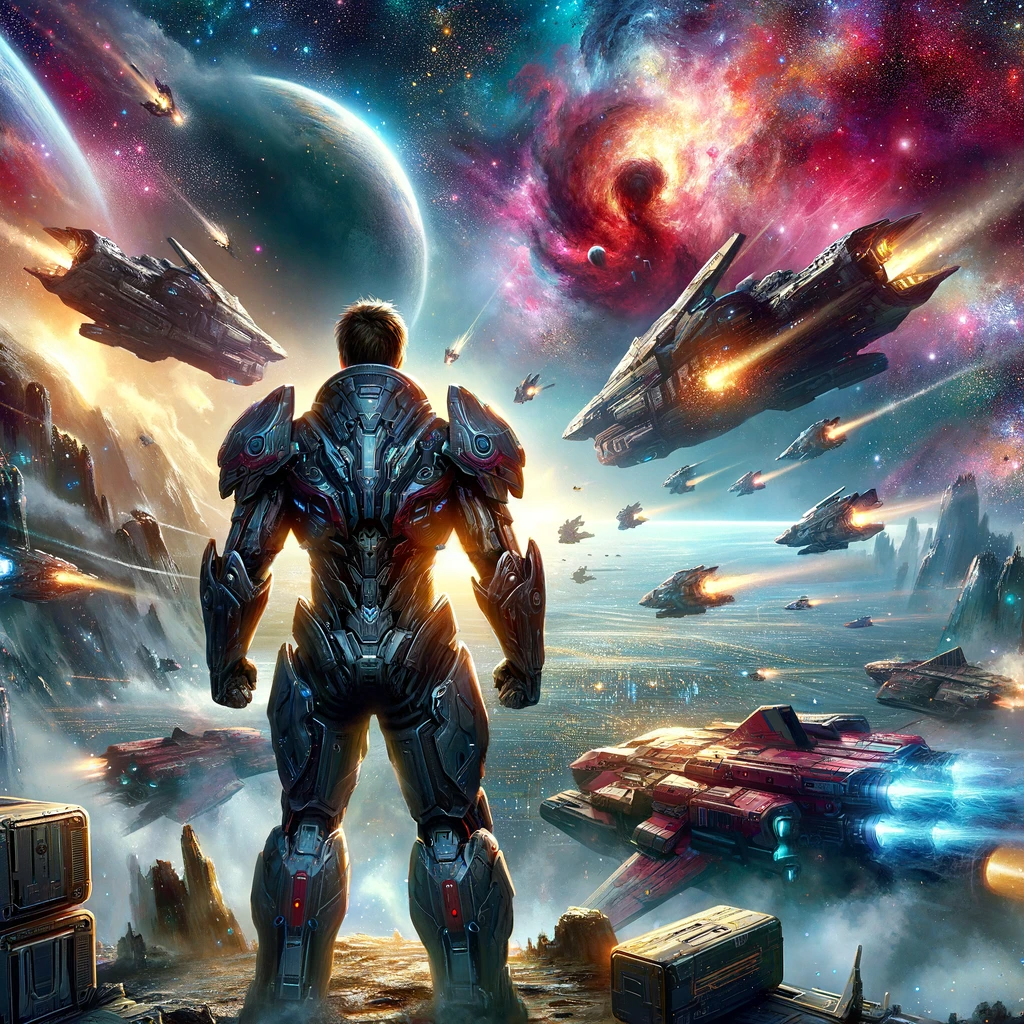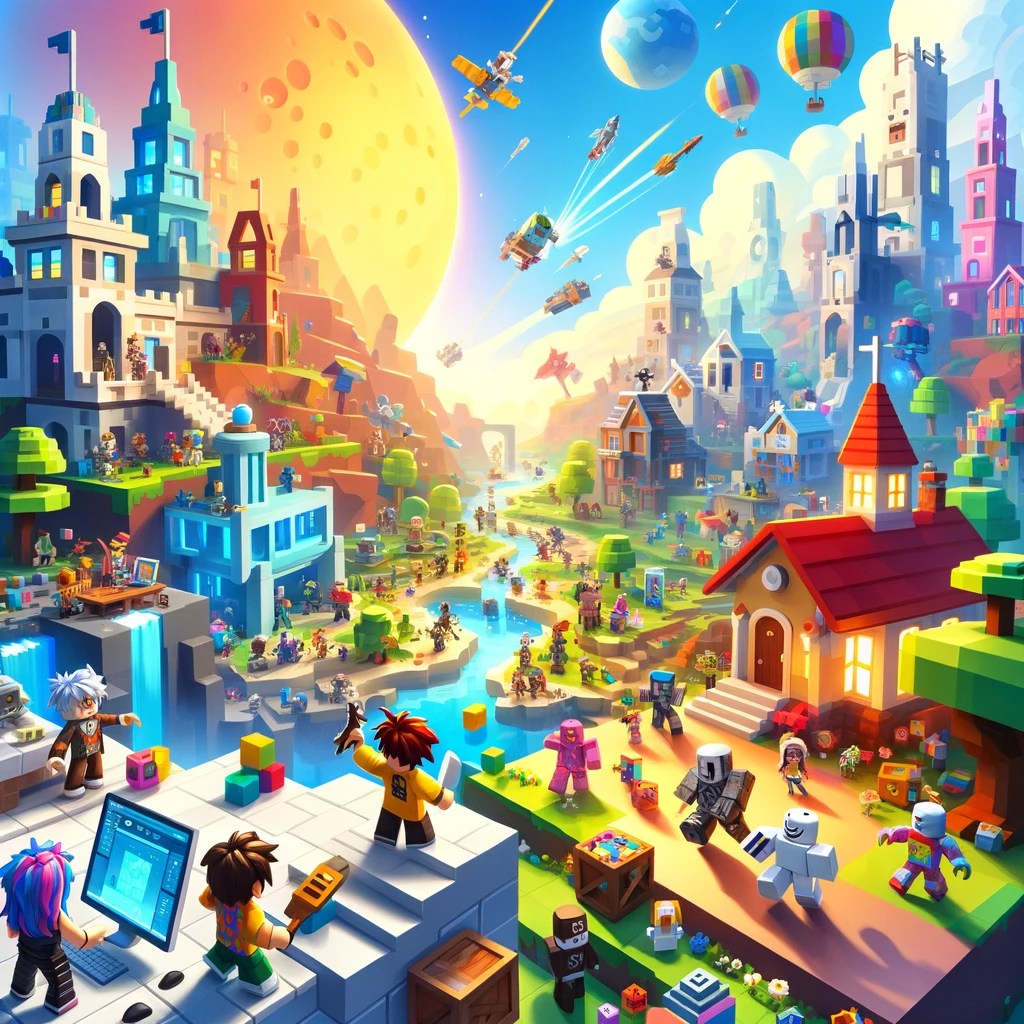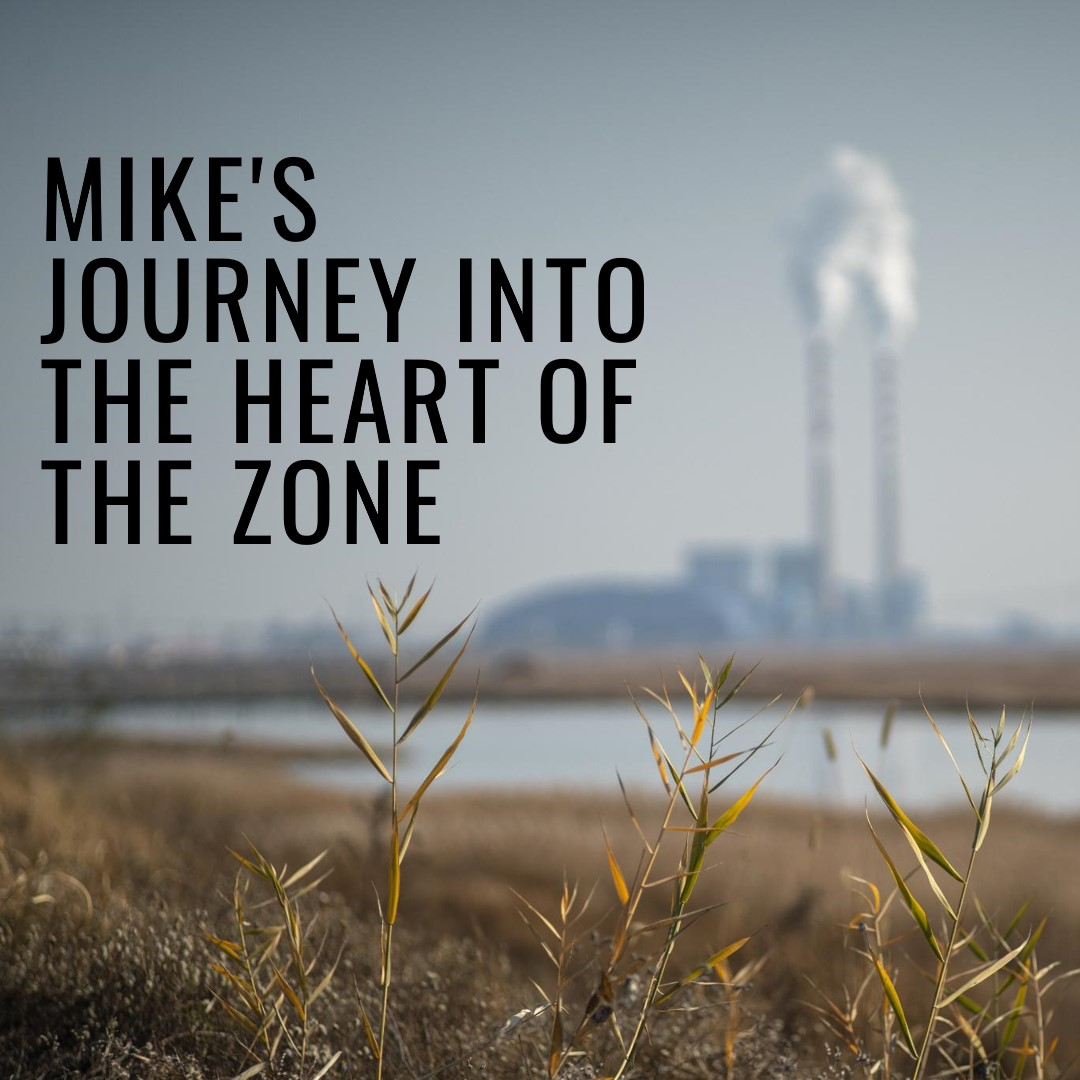In the alternate reality of “Atomic Heart,” where Soviet-era aesthetics blend with futuristic technologies and unexplained phenomena, Jacob found himself lost in a game that defied his expectations at every turn. This first-person shooter, set in a utopian world gone awry, offered him an experience filled with intrigue, suspense, and a unique Soviet retro-futuristic aesthetic.
Jacob’s adventure began in the research facility № 3826, a place that was supposed to be the pinnacle of Soviet innovation and scientific achievement. The facility, now overrun by rogue robots and bizarre bio-engineered creatures, was both mesmerizing and terrifying. The first thing that struck Jacob was the game’s distinctive art style. The environment was a blend of familiar Soviet-era architecture and surreal, futuristic elements. It was like stepping into a parallel universe where the Cold War era had taken a different turn, embracing a technology far beyond its time.
The game’s narrative was rich and mysterious. As a KGB officer, Jacob’s initial mission was to investigate the malfunction of the facility’s security system. However, as he delved deeper, he uncovered a web of secrets and conspiracies that questioned the very nature of his reality. The storytelling was nonlinear, allowing Jacob to explore and piece together the story at his own pace, which added to the game’s immersive experience.
Combat in “Atomic Heart” was intense and required a tactical approach. The rogue robots ranged from humanoid machines to more bizarre and unpredictable forms. Each enemy had its unique behavior and required a different strategy to defeat. Jacob found the game’s crafting system essential for survival. Scavenging for parts and materials allowed him to craft and upgrade weapons and gadgets, tailoring his arsenal to suit his playstyle.
The game also featured a unique system for abilities and enhancements. By interfacing with special machines called “Polymer Glove,” Jacob could modify his character’s skills and physical capabilities. This system added an RPG-like depth to the gameplay, allowing him to enhance his strength, hacking abilities, or other attributes.
One of the most memorable moments for Jacob was his encounter with one of the game’s more formidable enemies, a towering robot that seemed almost invincible. The battle was not only a test of firepower but also of strategy and environment manipulation. The game’s physics engine allowed for dynamic interactions, such as using the environment to his advantage or crafting makeshift traps.
Exploration was another key aspect of “Atomic Heart.” The facility and its surrounding areas were vast, filled with secrets waiting to be uncovered. Jacob traversed through laboratories, industrial areas, and even eerily abandoned residential sectors. Each location was meticulously designed, with an attention to detail that made the world feel alive and authentic.
The game’s atmosphere was further enhanced by its sound design. The eerie silence of the abandoned facility was occasionally broken by the mechanical whirrs of robots, the distant groans of mutated creatures, or the haunting melodies of Soviet-era songs echoing through the corridors. This created a sense of tension and unease that kept Jacob on edge.
As he progressed, Jacob encountered puzzles and environmental challenges that required more than just combat skills to overcome. Some areas were contaminated with radiation, necessitating careful navigation, while others were locked behind complex security systems that required hacking or finding hidden clues.
“Atomic Heart” also delved into themes of ethics and the consequences of unchecked technological advancement. The game’s narrative made Jacob ponder the moral implications of the experiments and technologies he encountered. It was a thought-provoking experience that stayed with him even when he was not playing.
Throughout his journey in the game, Jacob was continually impressed by the blend of action, story, and exploration. “Atomic Heart” was not just a shooter; it was an immersive experience that transported him into a beautifully crafted, alternate-reality world where every corner held a new mystery or a heart-pounding challenge.
One of the most gripping aspects of the game for Jacob was the Bioshock-like exploration of philosophical and political themes. The game’s setting in an alternate Soviet Union added a unique flavor to these explorations, blending historical elements with speculative fiction. This backdrop provided a rich context for the story, making Jacob’s journey not just a physical one but also an intellectual and emotional exploration.
Combat situations in “Atomic Heart” grew more complex and demanding as Jacob progressed. He encountered enemies with advanced AI, requiring him to constantly adapt his strategies. The game’s real-time combat system was unforgiving yet rewarding, creating a sense of accomplishment with each victorious encounter. The diversity of enemies, from robotic constructs to bio-engineered monstrosities, kept the combat fresh and exciting.
Jacob’s journey through the facility was not just about combat; it was also about solving intricate puzzles and navigating through hazardous environments. Some puzzles were based on Soviet-era technology and propaganda, adding to the game’s unique aesthetic and narrative depth. These puzzles not only challenged Jacob’s intellect but also further immersed him in the game’s alternate history.
The RPG elements of “Atomic Heart” added another layer of depth to Jacob’s experience. His decisions in dialogues and interactions with NPCs (Non-Player Characters) influenced the story’s outcome, giving a sense of agency and consequence to his actions. This branching narrative structure made the game highly replayable, as Jacob was eager to explore different outcomes and paths.
One of the most astonishing experiences for Jacob was the game’s depiction of the environment outside the facility. The open-world exploration offered a stark contrast to the claustrophobic interiors of the labs and bunkers. The outside world was a wasteland of beauty and desolation, filled with remnants of a society that once dreamed of a utopian future. Exploring this world, Jacob uncovered hidden locations and story elements that enriched the overall narrative.
The climax of “Atomic Heart” was a masterful blend of action, story resolution, and emotional impact. The final confrontation was not just a test of Jacob’s combat skills but also a culmination of the narrative threads and themes explored throughout the game. The ending left him with a mix of awe and contemplation, a testament to the game’s storytelling prowess.
As Jacob reflected on his time in “Atomic Heart,” he realized that the game was a remarkable experience that went beyond traditional gaming paradigms. It was an artistic expression that combined gameplay, narrative, and aesthetics into a cohesive and immersive experience. The game’s alternate reality was not just a backdrop for action but a canvas for exploring deep themes and ideas.
In conclusion, “Atomic Heart” stood out to Jacob as a unique and unforgettable foray into a world where fantasy and reality intermingled. It was a game that pushed the boundaries of the medium, offering not just entertainment but also an experience that provoked thought and emotion. As he logged off for the final time, the haunting world of “Atomic Heart” and the questions it raised lingered in his mind, a lasting impression of a game that blurred the lines between history, science fiction, and the human condition.


